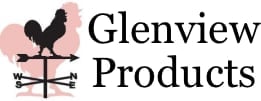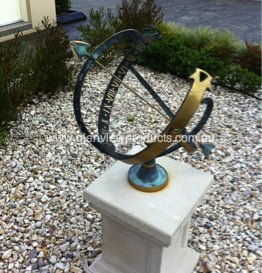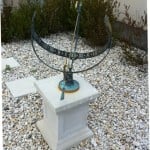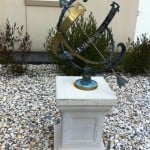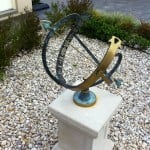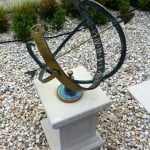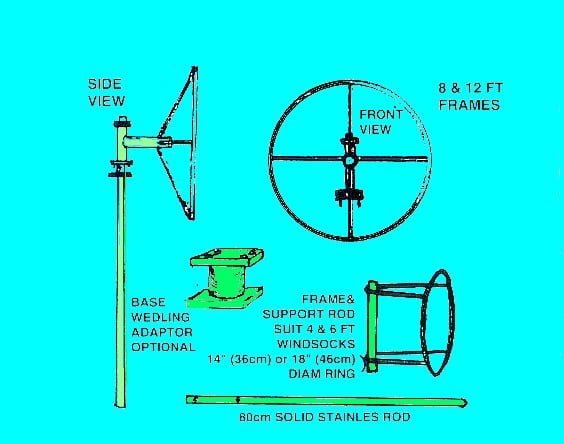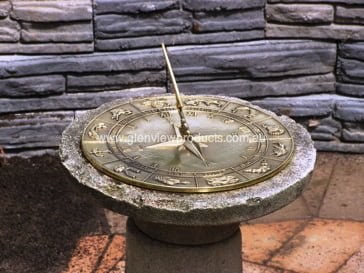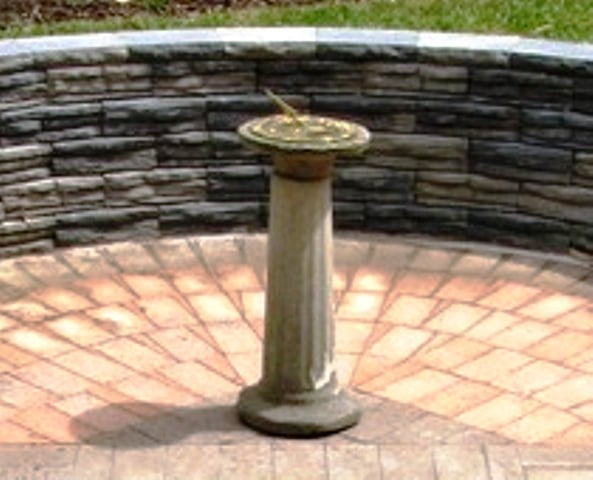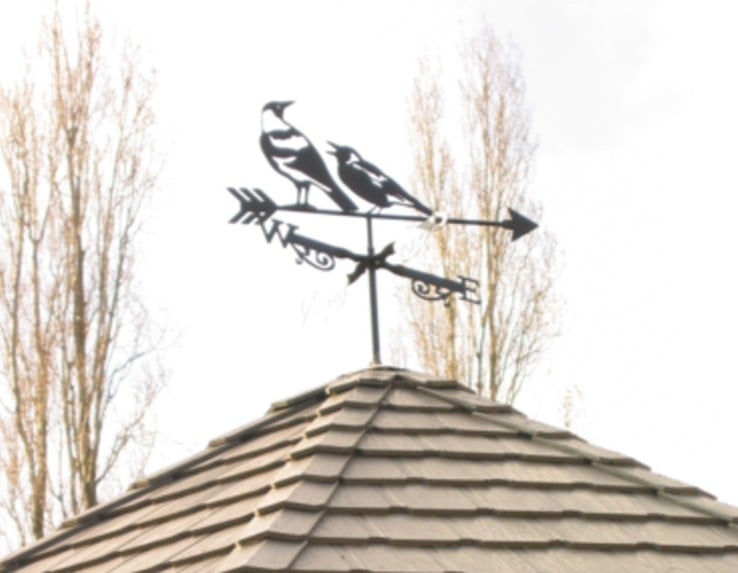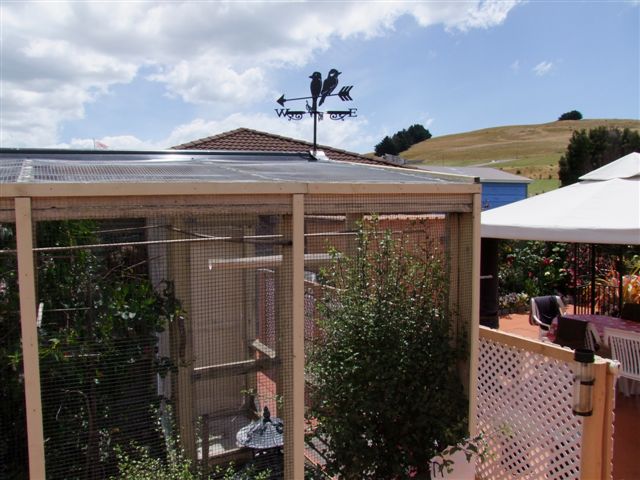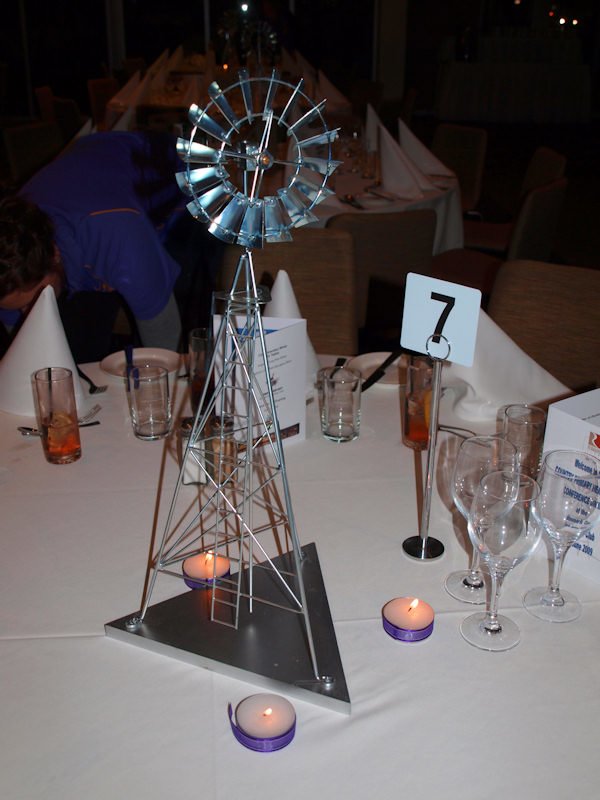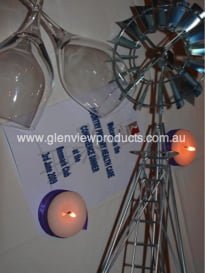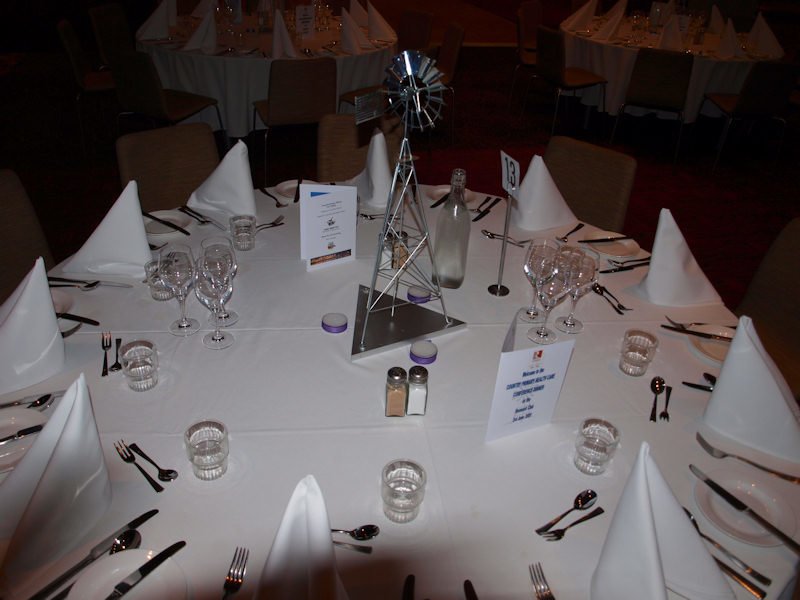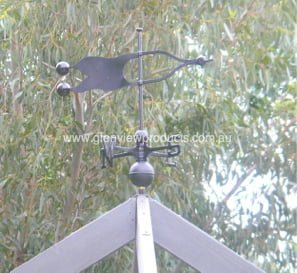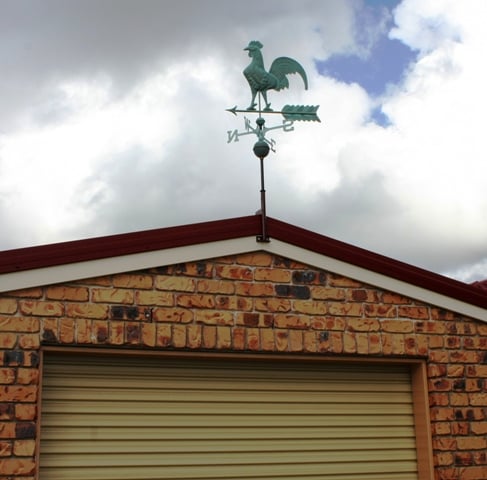Copper Weathervanes – A Brief History
The copper weathervane has been an important feature in most Australian homes and outdoor structures. It has evolved into a decorative item which can add years of beauty and functionality to your home. A little of its history will be discussed and reviewed.
The original purpose of a weathervane was to indicate the wind direction. However this device which is most commonly produced from copper or brass has evolved over the years. The first weathervane was installed on the Tower of Winds in Athens and was shaped like the Greek god Triton which was a half man, half fish figure.
The figure on this weathervane was four to eight feet long which is substantially larger than most weathervanes today. Throughout history, the copper weathervane has featured unique shapes.
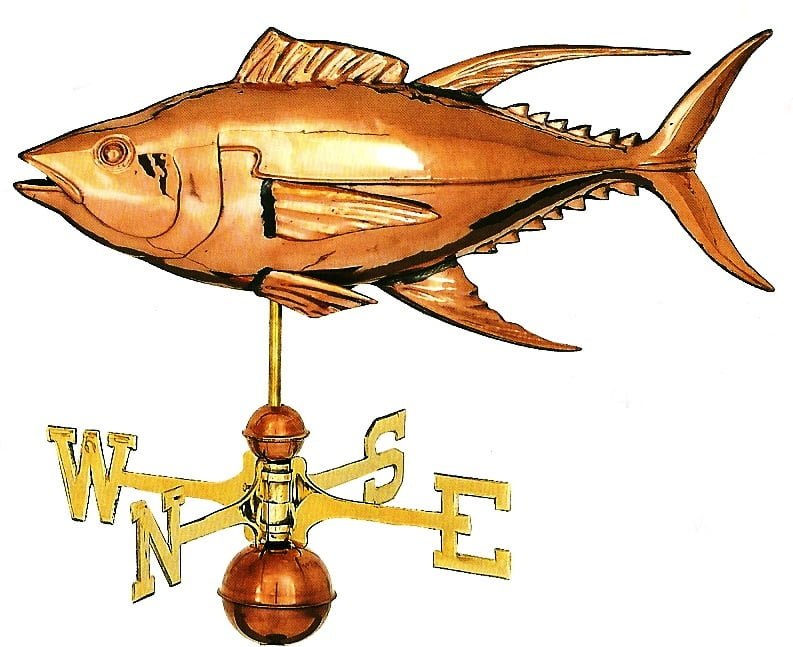
The next major phase in the history of copper weathervanes featured a quadrant shaped wind vane with an animal or Norse fable creature on the top. These weathervanes were found in ninth century Viking settlements and on ships. However they can still be found on Swedish and Norwegian churches today.
For almost 1,000 years following a decree from the Pope, weathervanes were required to be installed on every church in Europe which featured a weather cock. This is a rooster shaped device which symbolised Jesus’ statement that the cock would not crow the morning following the Last Supper until the disciple Peter denounced him.
This helped to popularise rooster shaped weathervanes throughout Europe and eventually America. They are still a very common style produced to this day.
As it turns out the first weathervane used in America was a grasshopper shape and was placed on the top of Faneuil Hall in Boston. This figure was produced by the Deacon Shem Drowne who also designed a banner weathervane which was installed on top of the Old North Church as well as a rooster weathervane figure which was installed at the First Church in Cambridge.
Beginning in the early 1800’s weathervane designs featured many patriotic themes. They featured symbols of American freedom including the Goddess of Liberty and the American Eagle. The eagle copper weathervanes remain very popular in current times.
Other designs in the 19th and 20th century included racing horses as well as many figures created with a simplistic silhouette design. Throughout its history, copper weathervanes have remained the material of choice due to their good workability, strength, and corrosion resistance.
